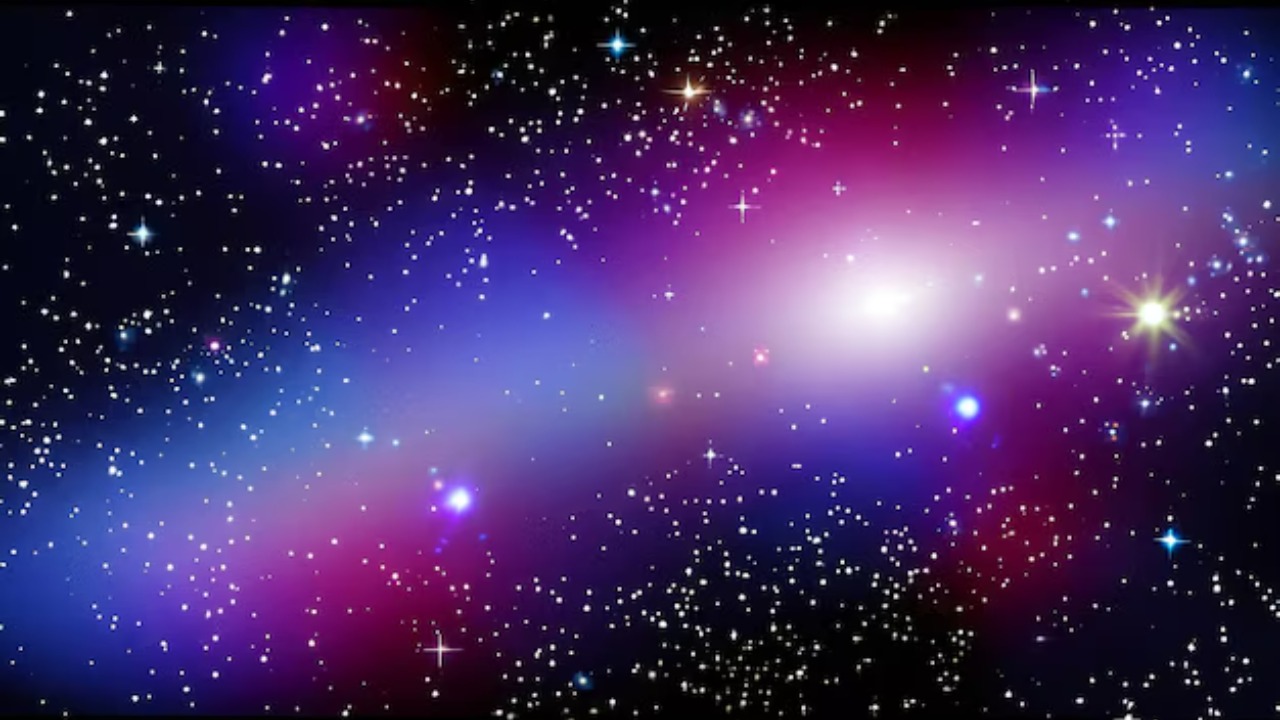
Astronomers have unveiled a fascinating rhythm that reverberates across multiple stars within our galaxy. This galactic-scale rhythm, detected through radio waves, presents exciting new perspectives into the cosmic symphony that orchestrates the universe’s ceaseless motion.
The Detection of the Galactic-Scale Rhythm
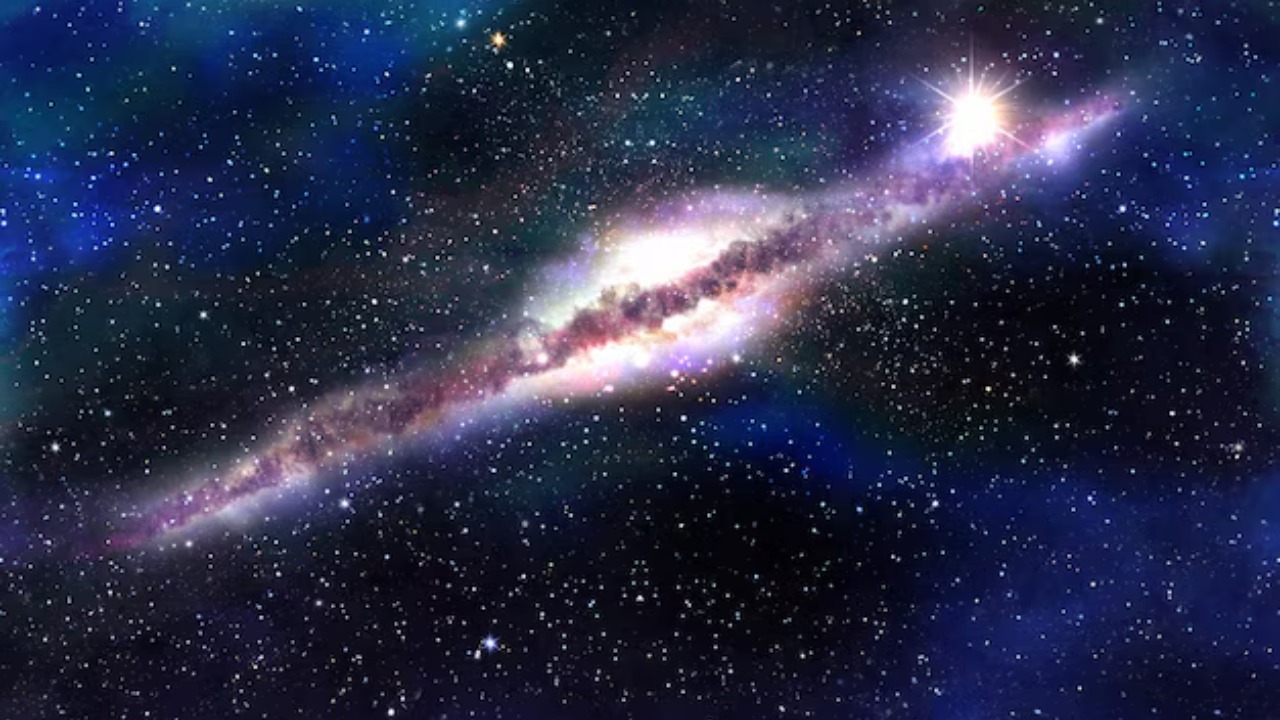
The rhythm was detected through the use of radio waves, a form of electromagnetic radiation that is widely used in astronomy to study celestial bodies and phenomena. This rhythm’s detection was made possible by the advancements in technology and the tools used by astronomers. This includes powerful radio telescopes and sophisticated data analysis techniques, which together allowed for the detection of these subtle, rhythmic patterns across the galaxy.
The rhythm was found in specific regions of the galaxy, specifically among a class of stars known as pulsars. Interestingly, these pulsars are not scattered randomly across the galaxy but exhibit a kind of spatial coherence that suggests a larger, galactic-scale rhythm. More details on this intriguing discovery can be found in this study.
Understanding the Galactic-Scale Rhythm
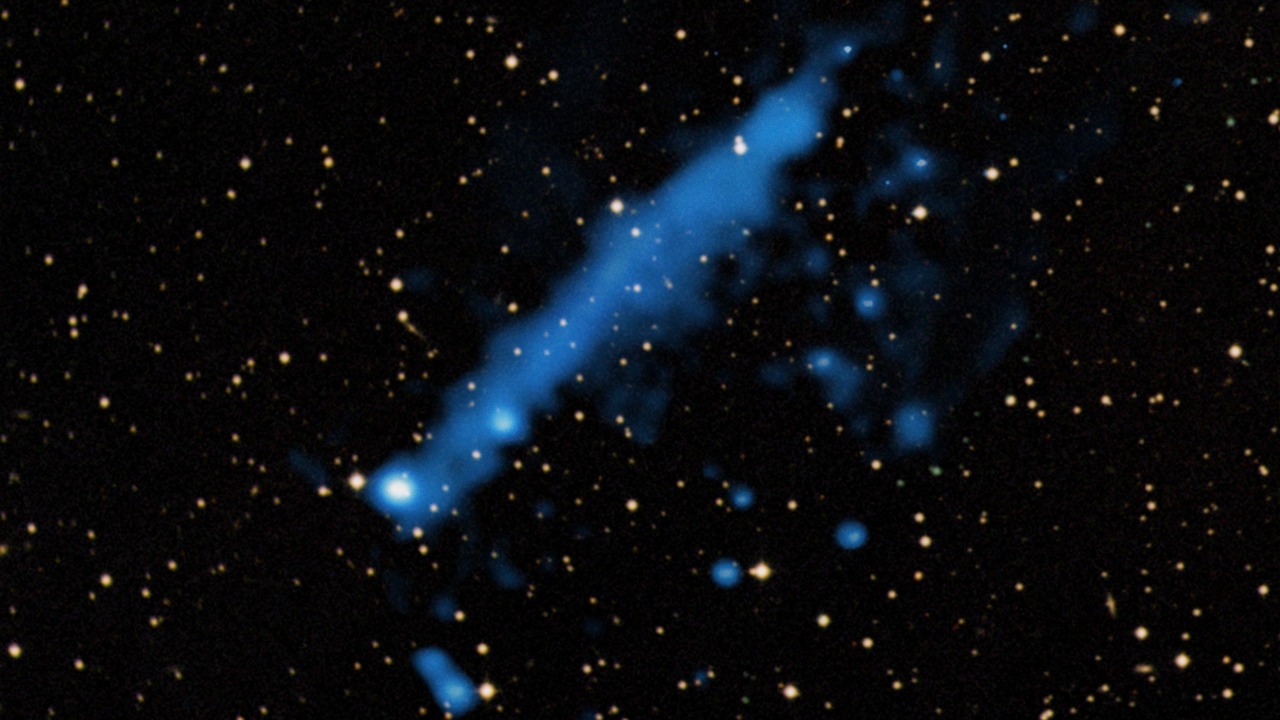
Understanding this galactic-scale rhythm involves delving into the science of gravity, rotation, and magnetic fields. Pulsars, the stars where this rhythm was detected, are highly dense, rapidly rotating stars with strong magnetic fields. The rhythm that was detected is thought to be related to the rotation of these pulsars and their interaction with the surrounding magnetic field and interstellar medium.
The concept of ‘pulsars’ is not new in the field of astronomy. These stars have been known to emit regular pulses of radiation, which can be detected as a rhythmic pattern. This latest discovery suggests that there might be a broader, galactic-scale pattern to these pulsations, which could inform our understanding of the structure and behavior of our galaxy. To learn more about pulsars and their relation to the rhythm, you can visit this MIT news article.
The Hubble Space Telescope’s Contribution
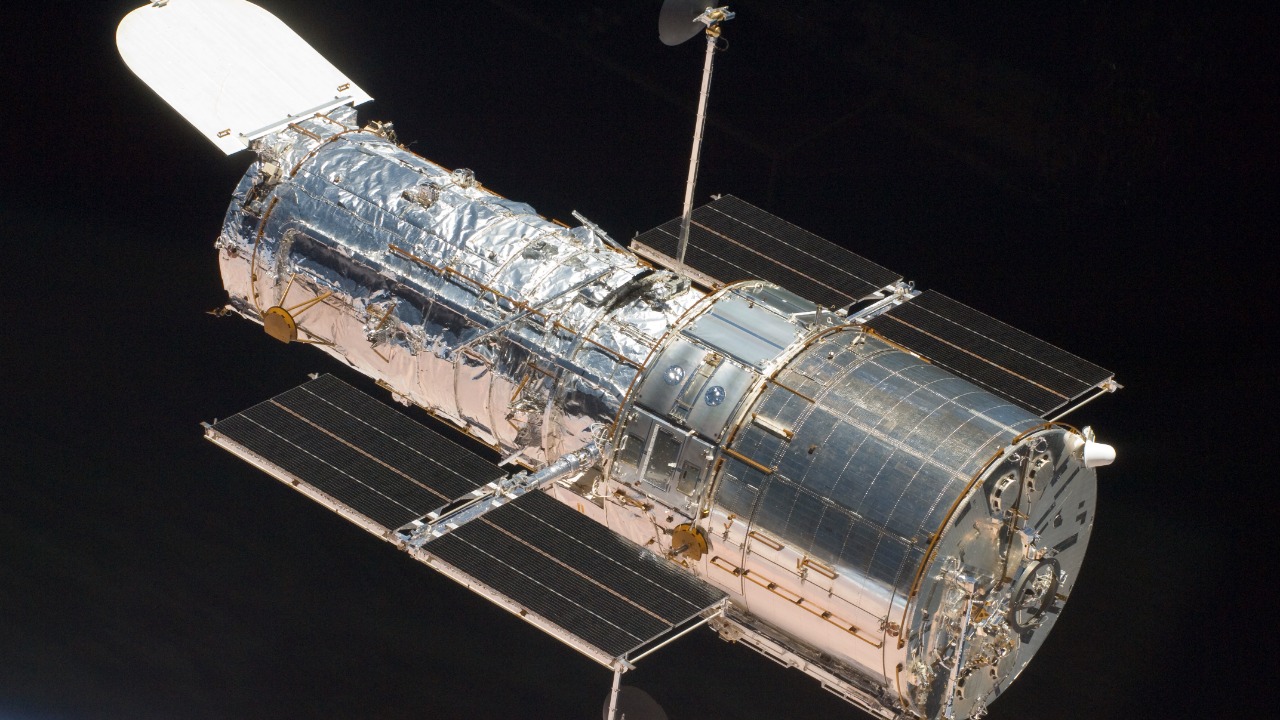
The Hubble Space Telescope has played a key role in our understanding of the universe, including measuring its expansion rate. Data from the Hubble has also contributed to the detection of the galactic-scale rhythm. In particular, observations from the Hubble have helped to map the distribution of pulsars and other celestial bodies across the galaxy, providing context for the detected rhythm.
The Hubble continues to be an essential tool in astronomical research. Its ongoing observations and data collection are critical to understanding phenomena like the galactic-scale rhythm and exploring the mysteries of the universe. More information on the Hubble’s role in measuring the expansion rate of the universe can be found here.
The Rhythm’s Implications for Astrophysics
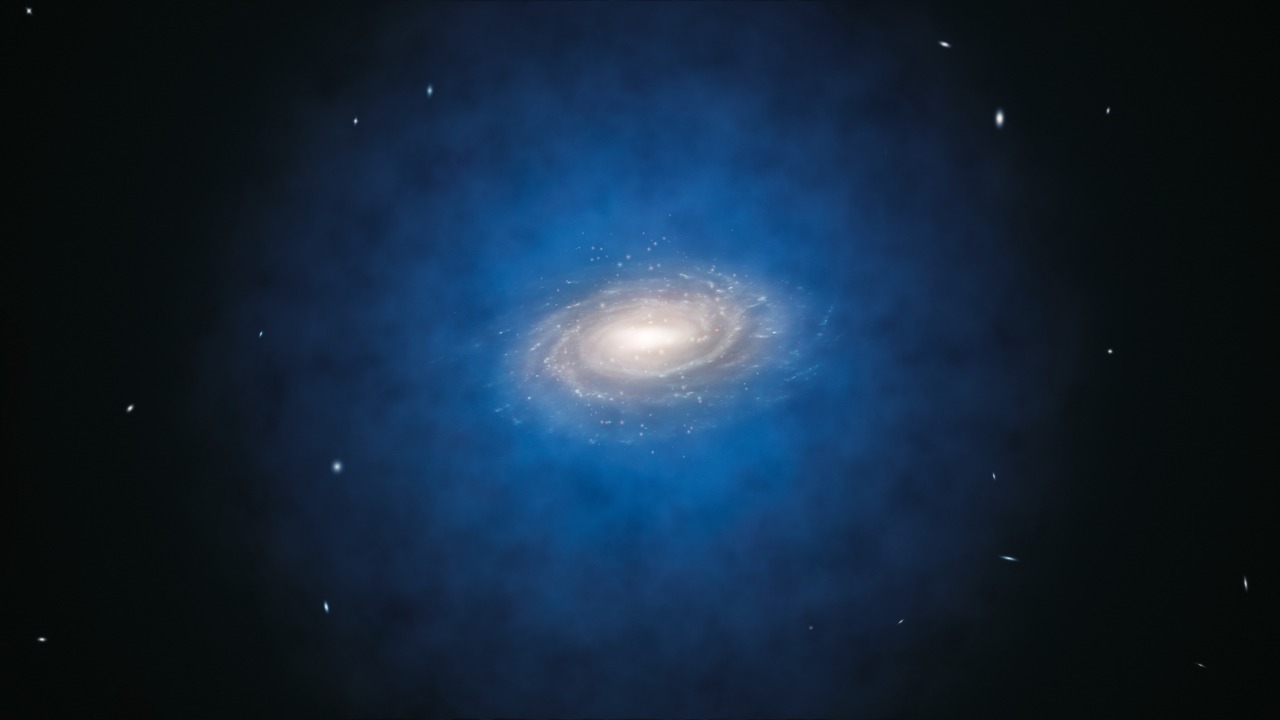
The discovery of this galactic-scale rhythm has profound implications for our understanding of galactic physics. It suggests that there are large-scale structures and processes at play within the galaxy, which we are only just beginning to understand. This discovery could also have implications for theories of dark matter and dark energy, two of the biggest mysteries in modern cosmology.
Moreover, the detection of this rhythm could influence the future of space exploration and research. It could lead to new ways of mapping the galaxy and open up new avenues of research in astrophysics and cosmology.
Previous Instances of Rhythmic Phenomena in Space
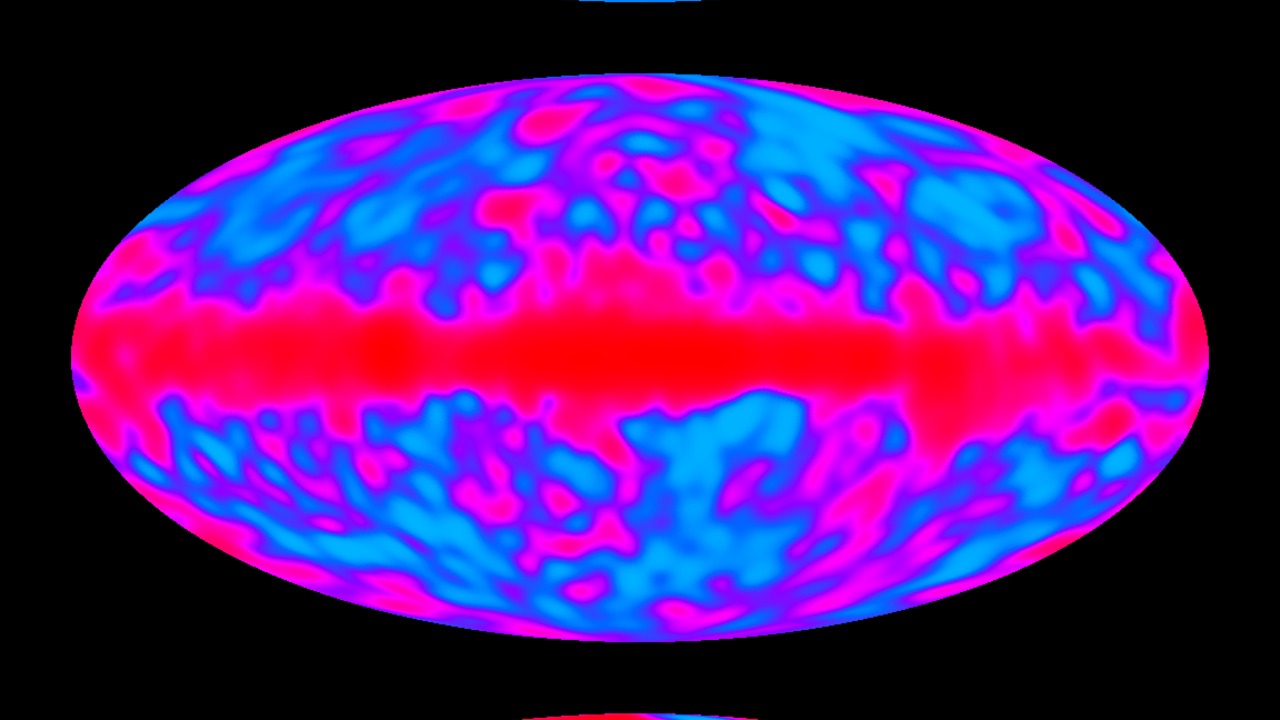
There have been previous instances of rhythmic phenomena detected in space. For example, in 2015, astronomers discovered a distant galaxy pulsing in a regular rhythm. This was one of the first indications that such large-scale rhythmic patterns could exist in the cosmos. You can learn more about this discovery here.
Other instances of rhythmic or pulsating phenomena have also been observed in the cosmos. These include pulsating stars, oscillating galaxies, and even rhythmic patterns in the cosmic microwave background. A detailed discussion on these phenomena can be found in this journal article. These discoveries, along with the newly detected galactic-scale rhythm, suggest that the universe might be more structured and rhythmic than previously thought.